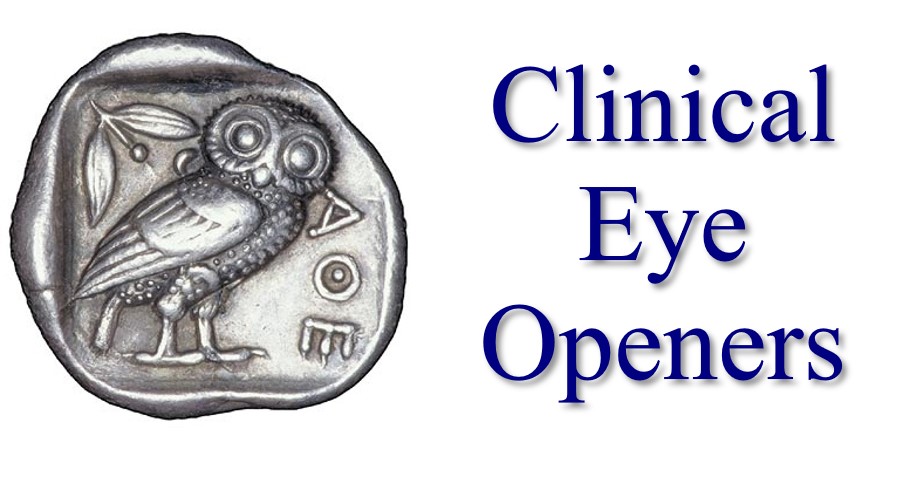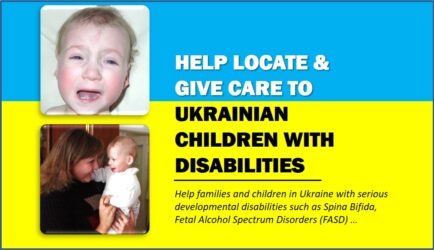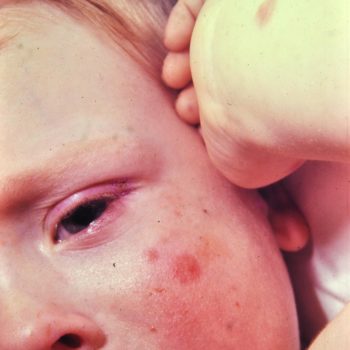Extreme Exanthema
Please click to enlarge.
Note what signs you see.
I (W. Wertelecki, M.D.) see a skin a high density eruption of vesicles on the trunk. Some vesicles appear to collapse at the center and to contain blood. In humans, vesicular exanthemas are frequent and of diverse nature. One major category is due to the herpes family of viruses. For more on this topic, please see standard sources of information.
PERSPECTIVE: it is rare to see so numerous vesicles as illustrated here – this is a sign of a severe and possibly fatal infection (this patient perished). The clinical diagnosis was “chicken” pox (chickenpox) or “Varicella. The intent of this presentation is to underscore the dynamic nature (natural history) of this preventable disorder.
Natural History: the incubation period is symptom/sign free and may last up to three weeks – pre-rash symptoms (fever, malaise, headache … ) emerge several days before the skin eruption which is rather sudden – there may be several consecutive eruptions – each “batch” of eruptions is associated with considerable pruritus (itching) – vesicles (blisters) evolve toward formation of a “scab” or “crust” – each “batch” of vesicles evolves separately – patients are contagious since the start of symptoms till after scabs disappear some two weeks after their emergence. The etiology is the Varicella-zoster virus (VZV) – the virus is acquired and spreads through contact with saliva, cough, sneezing, blister and scab lesions. Complications include impacts on the eyes, secondary infections – individuals with immune deficiencies are at the higher risk of severe forms – pregnant women not previously VZV infected (primary instances of VZV infections) pose a high risk of serious VZV infections both to the mother and fetus – VZV poses teratogenic risks (microcephaly, ocular defects, mental deficits … Note that VZV is also a cause of “shingles” (herpes), more common among aging populations. Prevention by immunization is highly effective.
PLEASE see further illustrations and comments about this fatal instance of Varicella in the “Patient Gallery” under “Varicella” or “Chicken” pox (chickenpox).






